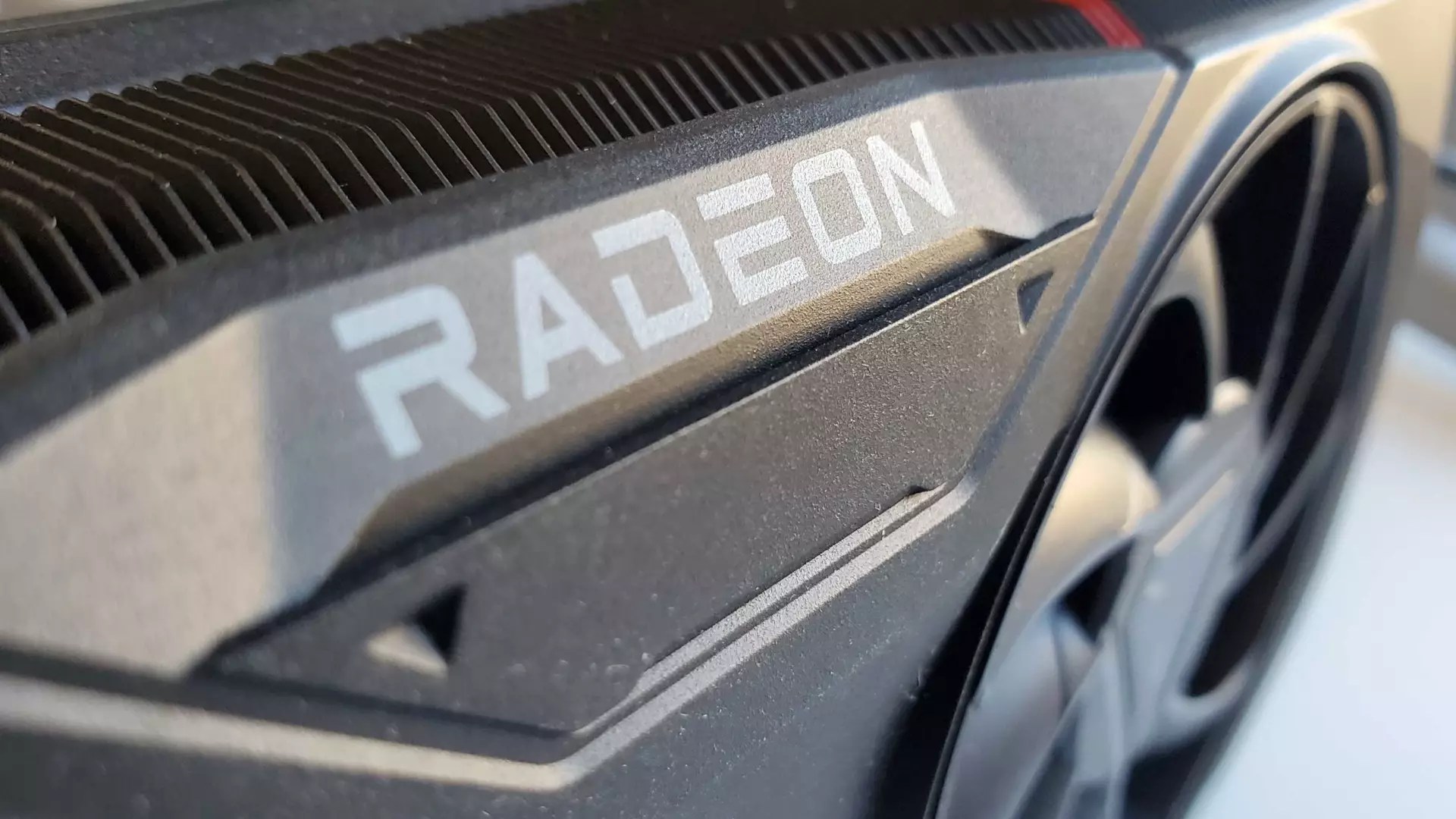In an era dominated by high-definition graphics and resource-heavy gaming environments, AMD’s choice to continue offering GPUs with 8GB of VRAM seems counterintuitive at first glance. However, as Frank Azor, AMD’s Chief Architect of Gaming Solutions, asserts, the reality of consumer demand paints a different picture. While the tech community often fixates on cutting-edge graphics, the majority of gamers still gravitate towards the essentials of 1080p gameplay—a decision that shapes AMD’s product strategy in 2025.
Gamer Demographics: The Power of 1080p
Recent statistics reveal that over 55% of gamers are still playing on 1080p monitors, per the Steam Hardware Survey. This statistic highlights a crucial point in the discussions around GPU capabilities and market needs. While enthusiasts may clamour for the latest and greatest hardware to push the boundaries of visual fidelity, the everyday gamer requires efficient, reliable performance. Azor’s comment that most popular games today lean towards esports titles or simpler indie games reinforces the notion that many gamers are content with mid-range specifications.
Azor also emphasizes a pivotal angle: given the overwhelming popularity of less intensive gaming experiences, an 8GB VRAM capacity is entirely sufficient for a significant portion of the market. Titles like Fortnite, Valorant, and even many indie games keep the focus on engaging gameplay rather than cutting-edge graphics, thus supporting the continued relevance of 8GB GPUs.
The Budget GPU Reality
The narrative around budget GPUs has never been more relevant. With powerhouse options like Nvidia’s high-end 30, 40, and even early 50 series commanding steep prices, many gamers find themselves priced out of the market for advanced graphics technology. In this climate, AMD’s strategic choice to present solid, budget-friendly options—like the 8GB RX 9060 XT, which comes at an enticing MSRP of $299—opens opportunities for gamers with tighter financial constraints. It is a category that continues to thrive, with older models like the GTX 1650 still seeing usage due to affordability.
Such strategies serve to remind us that not every gaming experience must be visually extravagant to be enjoyable. Azor’s reasoning stands firm—the availability of entry-level GPUs keeps the gateway to PC gaming open for those who wish to explore without the burdensome cost of high-performing hardware.
Performance Considerations: Real-World Applications
In practical terms, many gamers might never feel the need for more than 8GB of VRAM, especially if they’re playing titles that aren’t graphically demanding. I can personally relate to this experience, having utilized an 8GB Radeon RX 6600 for years without encountering performance barriers in modern gaming. Running a diverse range of titles—from competitive shooters to engaging indie adventures—has reinforced the belief that for the average player, the GPU’s capacity doesn’t need to be a premium feature.
This sentiment is echoed in the broader gaming community where practicality often trumps the whims of high-tech marketing. Instead of being swept away by the allure of bloated specifications, gamers are seeking equipment that provides an optimal balance between cost, performance, and versatility.
The Broader Perspective: Accessibility in Gaming
As gaming continues to evolve, accessibility should remain at the forefront of product development. By maintaining a robust selection of budget-conscious GPUs, AMD ensures that gamers from varied backgrounds have the opportunity to participate in this vibrant digital space. The increasing interest in indie games, coupled with the long-standing popularity of established esports titles, has created a unique niche for affordable graphics solutions that cater to a broader audience.
The introduction of affordable options doesn’t just empower individual gamers—it cultivates a diverse gaming ecosystem that continues to thrive on creativity rather than raw horsepower. In an industry often overshadowed by ultra-high-definition models, it’s commendable for companies like AMD to anchor their offerings in reality, acknowledging that not all gamers are or need to be aspiring pros with power-hungry rigs.
As we delve into 2025 and beyond, the stance taken by AMD regarding 8GB GPUs isn’t merely a business strategy; it’s a profound recognition of the gaming community at large. By scratching beneath the surface, we uncover a complex web of preferences, budgets, and gaming experiences that call for thoughtful products tailored to a wide spectrum of users. As gaming evolves, it’s refreshing to see that influential voices within the industry acknowledge the value of the everyday gaming experience.


Leave a Reply